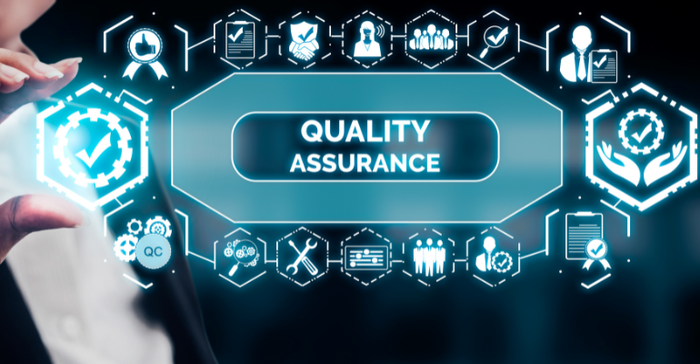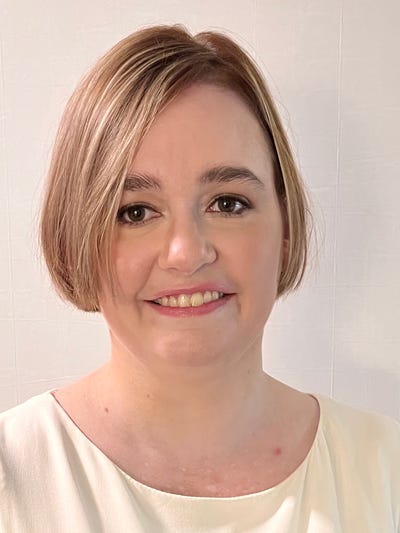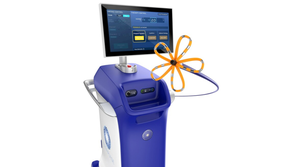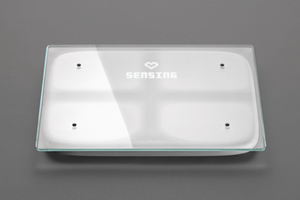A nonprofit healthcare organization has called on medical device manufacturers to step up their quality control game with these five challenges.
January 20, 2023

Every year, ECRI, a nonprofit patient safety organization, publishes an annual report of health technology hazards for the year. Earlier this week, MD+DI covered the most pressing concern on this year's list, which is gaps with recalls of home-use medical devices.
But this year ECRI did something it has never done before in its annual report. The Plymouth Meeting, PA-based organization called on medical device manufacturers to address some of the quality control and design problems that create significant patient risk. Through five unique challenges to industry, ECRI also provides potential solutions to these problems.
The challenges specifically call attention to safety concerns involving medical devices intended to be used by patients at home; single-use medical devices; hemodialysis systems; inflatable pressure infusers for use with IV bags; and ventilator cleaning and disinfection requirements. However, the suggestions in these five challenges could easily inspire ways to improve the safety of many other types of medical devices.
About the Author(s)
You May Also Like




